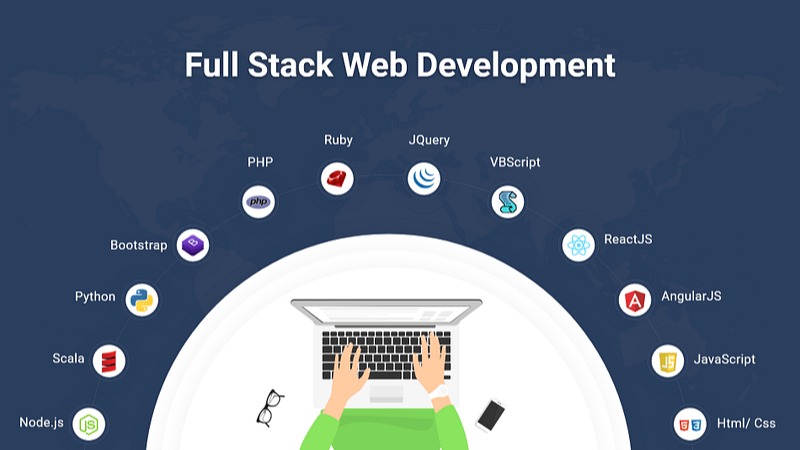
Program Overview
The Full Stack Development Program is a comprehensive, hands-on course designed to equip learners with the skills required to build dynamic, end-to-end web applications. This program covers both front-end and back-end technologies, enabling students to develop complete web solutions from scratch.
Whether you’re a beginner aiming to enter the tech industry or a professional looking to upgrade your skillset, this program offers a structured learning path from foundational concepts to advanced project-based application.
Admission Criteria

Eligibility
Any Graduate
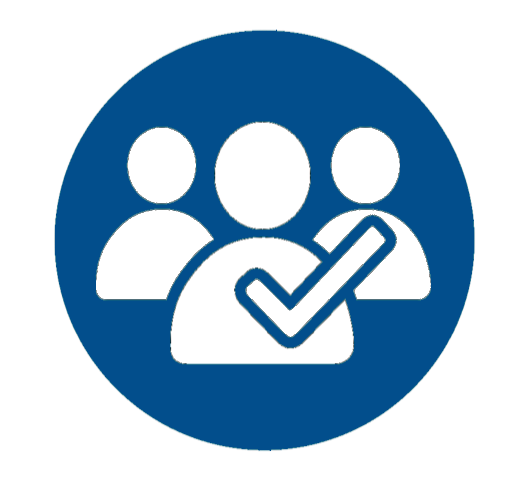
Batch Size
25 students for personalized learning.
What You'll Learn
Syllabus for Certificate Program in
Full Stack Development
Week 1: HTML
·HTML (Hypertext Markup Language) is the standard language for creating and structuring web content.
· It uses tags (like <h1>, <p>, <div>) to define elements such as text, images, and links.
· HTML documents are structured with a tree-like hierarchy of elements, with the <html>, <head>, and <body> as the main parts.
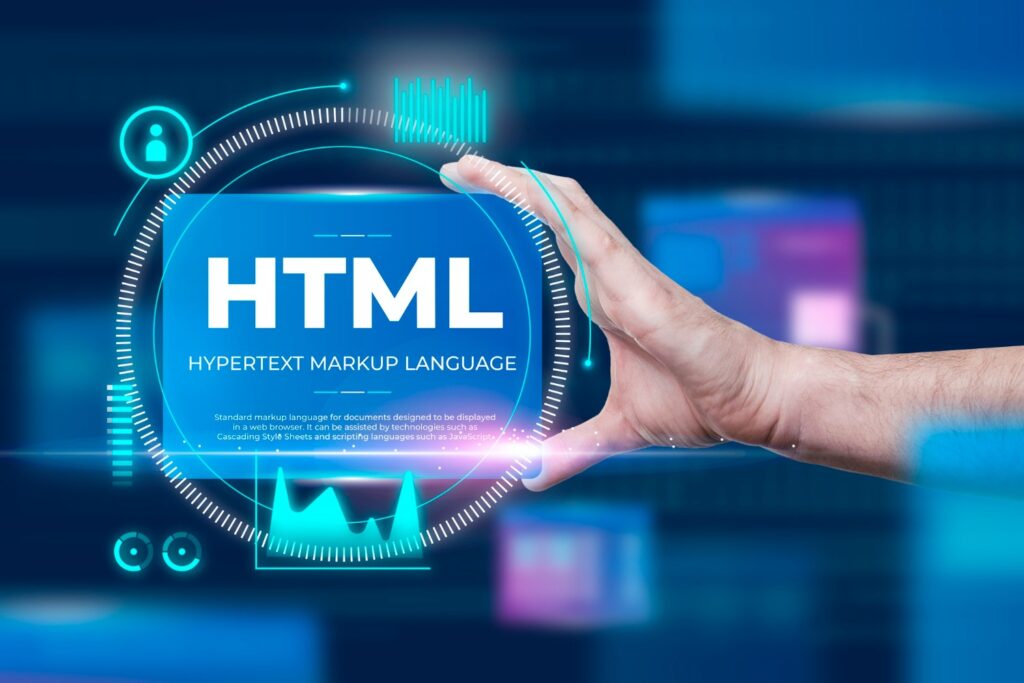

WEEK 2- CSS
· CSS (Cascading Style Sheets) is used to control the layout, design, and appearance of web pages.
· It defines styles for elements such as colors, fonts, margins, and positioning using selectors and properties.
· CSS can be applied through inline styles, internal stylesheets, or external style files.
· Responsive design in CSS allows web pages to adapt to different screen sizes using techniques like media queries.
WEEK 3- BOOTSTRAP
· Bootstrap is a popular open-source front-end framework for building responsive and mobile-first web pages.
· It provides a set of predefined CSS classes for layout, typography, and components, such as buttons, forms, and navigation bars.
· Grid system in Bootstrap uses a 12-column layout for responsive design, adjusting content based on screen size using breakpoints.
· It also includes JavaScript components like modals, carousels, and tooltips, enhancing interactivity with minimal coding.
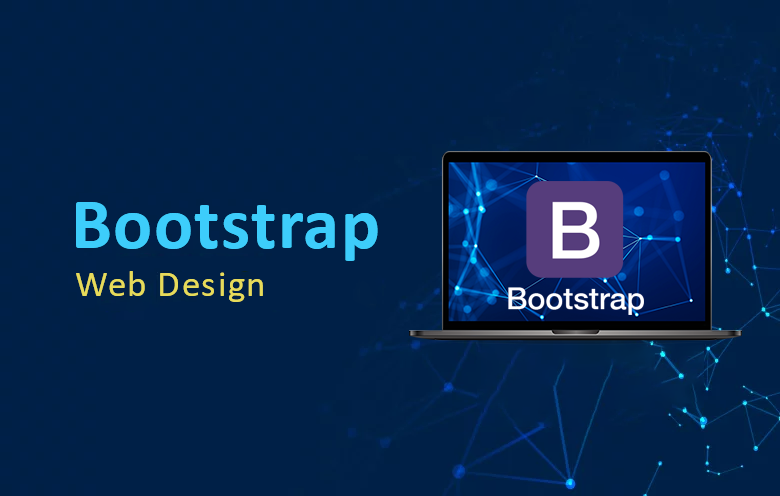

WEEK 4 - JAVASCRIPT
- JavaScript is a dynamic scripting
language used to add interactivity and manipulate web content in the
browser. - It includes variables (using var, let, const) and data
types (string, number, boolean, object, etc.) to store and manage
data. - JavaScript uses control flow statements like if, else,
switch, and loops (for, while) to control execution. - It also supports functions, DOM manipulation, event
handling, asynchronous programming (callbacks, promises), and ES6
features like arrow functions and classes.
WEEK 5-6 - NODE JS
- Node.js is a runtime environment that allows you to run JavaScript on the server side, built on Chrome’s V8 engine.
- It is event-driven and non-blocking, using the event loop for handling asynchronous operations like I/O.
- Node.js uses npm (Node Package Manager) for managing libraries and dependencies, making it easy to install and manage packages.
- It supports core modules (like fs, http, path) and is widely used for building web servers, APIs, and real-time applications.

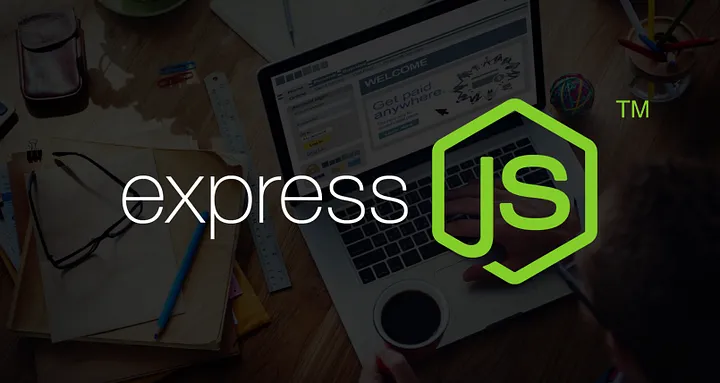
WEEK 7-8 - EXPRESS JS
- Express.js is a minimal, fast, and flexible web framework for building web applications and APIs in Node.js.
- It simplifies routing using HTTP methods like GET, POST, and DELETE, enabling easy handling of requests and responses.
- Middleware in Express allows you to modify request and response objects or perform actions before sending a response.
- Express also supports templating engines, form data handling, database connections, and error handling for building full-stack applications.
WEEK 9-10 - REACT JS
- React.js is a JavaScript library for building user interfaces, particularly single-page applications (SPAs) with reusable components.
- It uses a virtual DOM for efficient rendering and updates, improving performance by minimizing direct manipulation of the actual DOM.
- Components are the building blocks of React apps, allowing for modular, reusable UI elements with their own state and lifecycle methods.
- React supports state management, hooks (e.g., useState, useEffect), props, event handling, and routing for dynamic, responsive UIs.
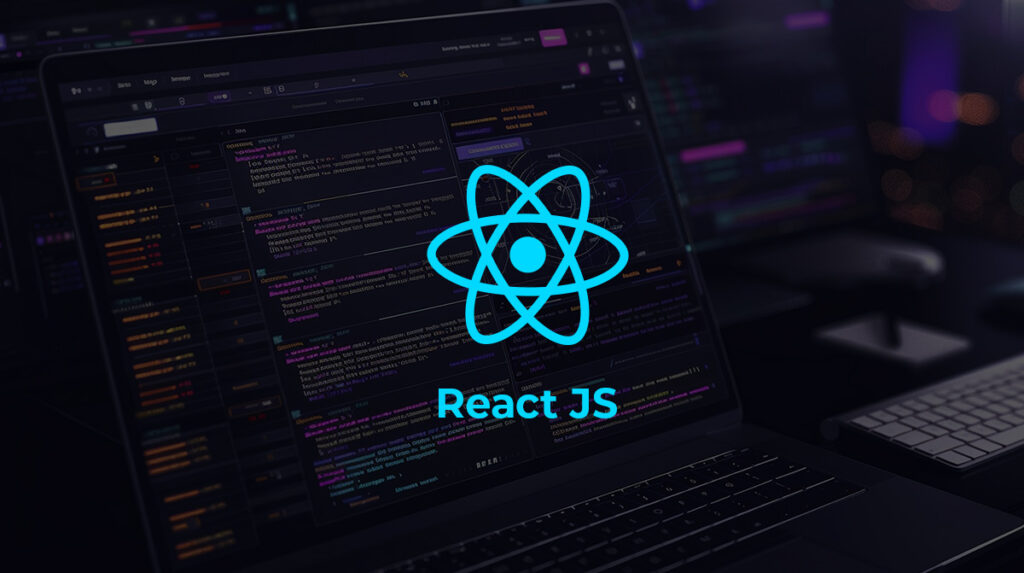
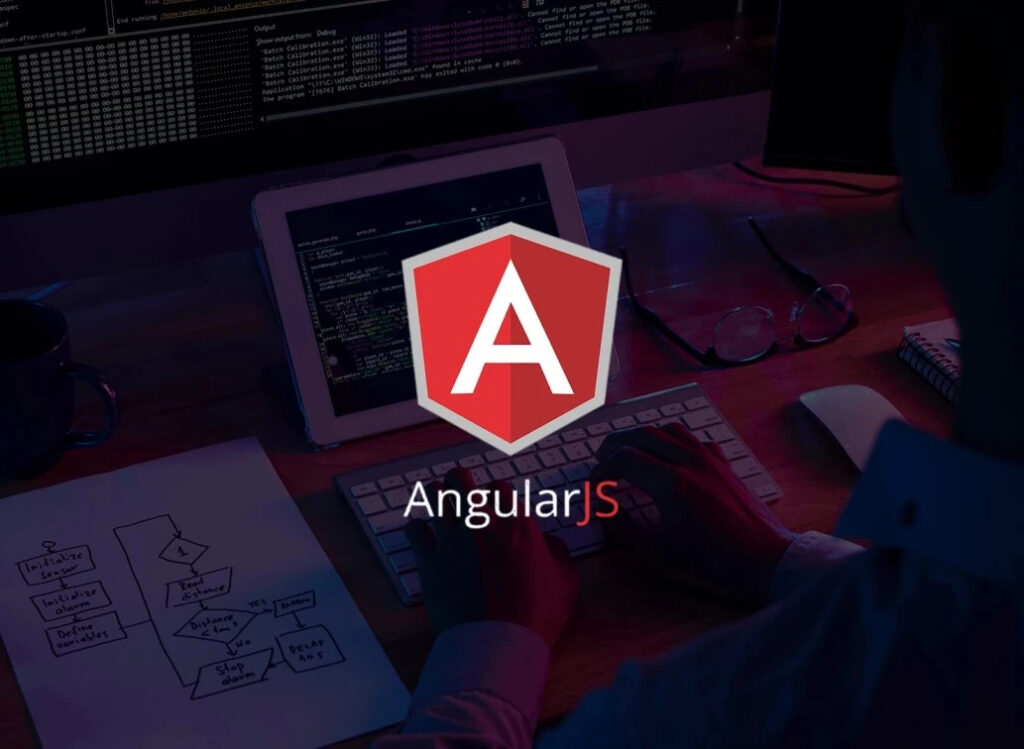
WEEK 11-12 - ANGULAR JS
- Angular is a TypeScript-based framework for building dynamic, single-page applications (SPAs) with a focus on modularity and maintainability.
- It uses two-way data binding, ensuring synchronization between the model and the view for automatic updates.
- Angular features components, directives, services, and modules to structure applications and manage data, UI, and logic efficiently.
- It includes built-in tools like dependency injection, routing, forms management, HTTP client, and RxJS for handling asynchronous operations.
WEEK 13-14 - MYSQL
- MySQL is an open-source relational database management system (RDBMS) used to store and manage data in a structured format using tables.
- It uses SQL (Structured Query Language) for querying, inserting, updating, and deleting data in the database.
- MySQL supports data integrity, ACID properties, indexes, and foreign keys to ensure reliable and optimized data storage.
- It provides database normalization, joins, transactions, stored procedures, views, and backup/restore functionality for efficient data handling and security.
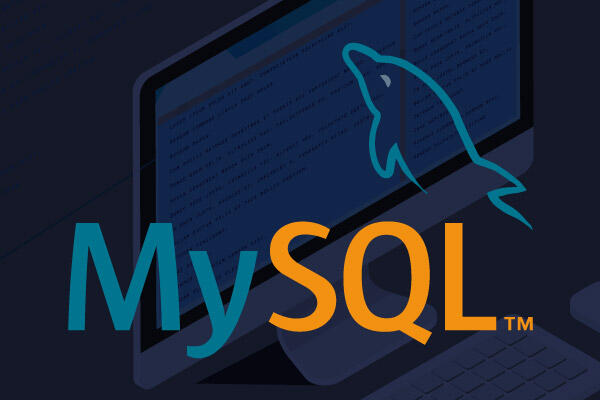

WEEK 15-17 - JAVA
- Core Java refers to the basic features of the Java programming language, focusing on fundamental concepts like syntax, data types, and operators.
- It includes object-oriented programming (OOP) principles, such as inheritance, polymorphism, encapsulation, and abstraction for modular code design.
- Core Java covers exception handling, multithreading, collections framework, file I/O, and java.util classes for enhanced functionality.
- It also involves key concepts like interfaces, abstract classes, inner classes, generics, and Java memory management (garbage collection).
WEEK 18-21 - JAVA FRAMEWORK
- Java Frameworks are pre-built structures that provide a foundation for building Java applications, making development faster and easier.
- Popular frameworks like Spring, Hibernate offer solutions for building robust, scalable, and maintainable applications.
- Spring Framework focuses on dependency injection, AOP (Aspect-Oriented Programming), and creating enterprise applications with modules like Spring Boot and Spring MVC.
- Hibernate simplifies database interaction through ORM (Object-Relational Mapping), while Struts and JSF provide tools for building web applications with MVC architecture.
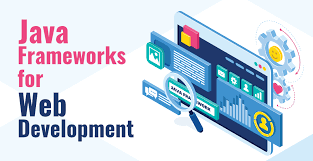
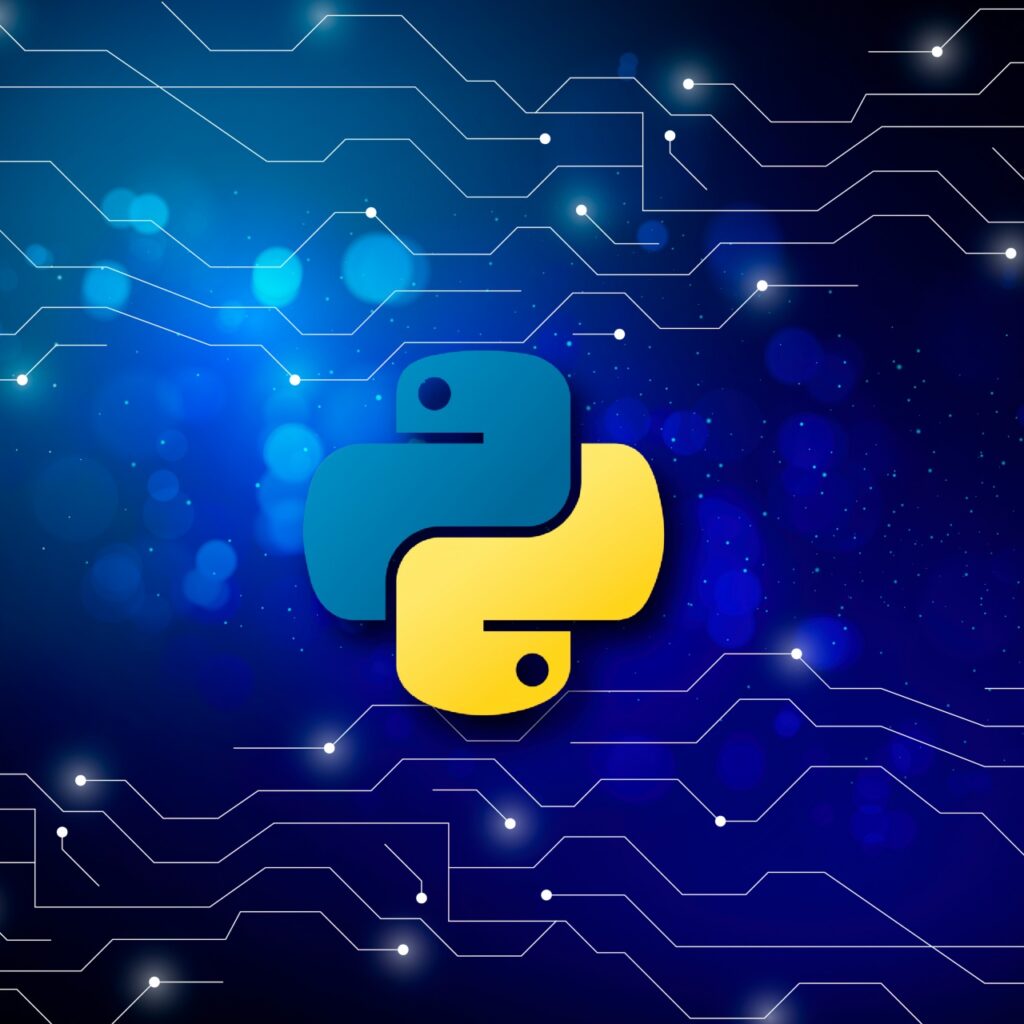
WEEK 22-24 - PYTHON
- Python is a versatile, high-level programming language known for its readability, dynamic typing, and strong standard library.
- It supports multiple programming paradigms, including object-oriented programming (OOP), functional programming, and procedural programming.
- Python allows for building APIs using libraries like Flask or FastAPI, enabling the development of RESTful web services with minimal boilerplate.
- Essential concepts include data structures (lists, dictionaries, sets), file handling, error handling, and database interactions with libraries like SQLite or SQLAlchemy.
